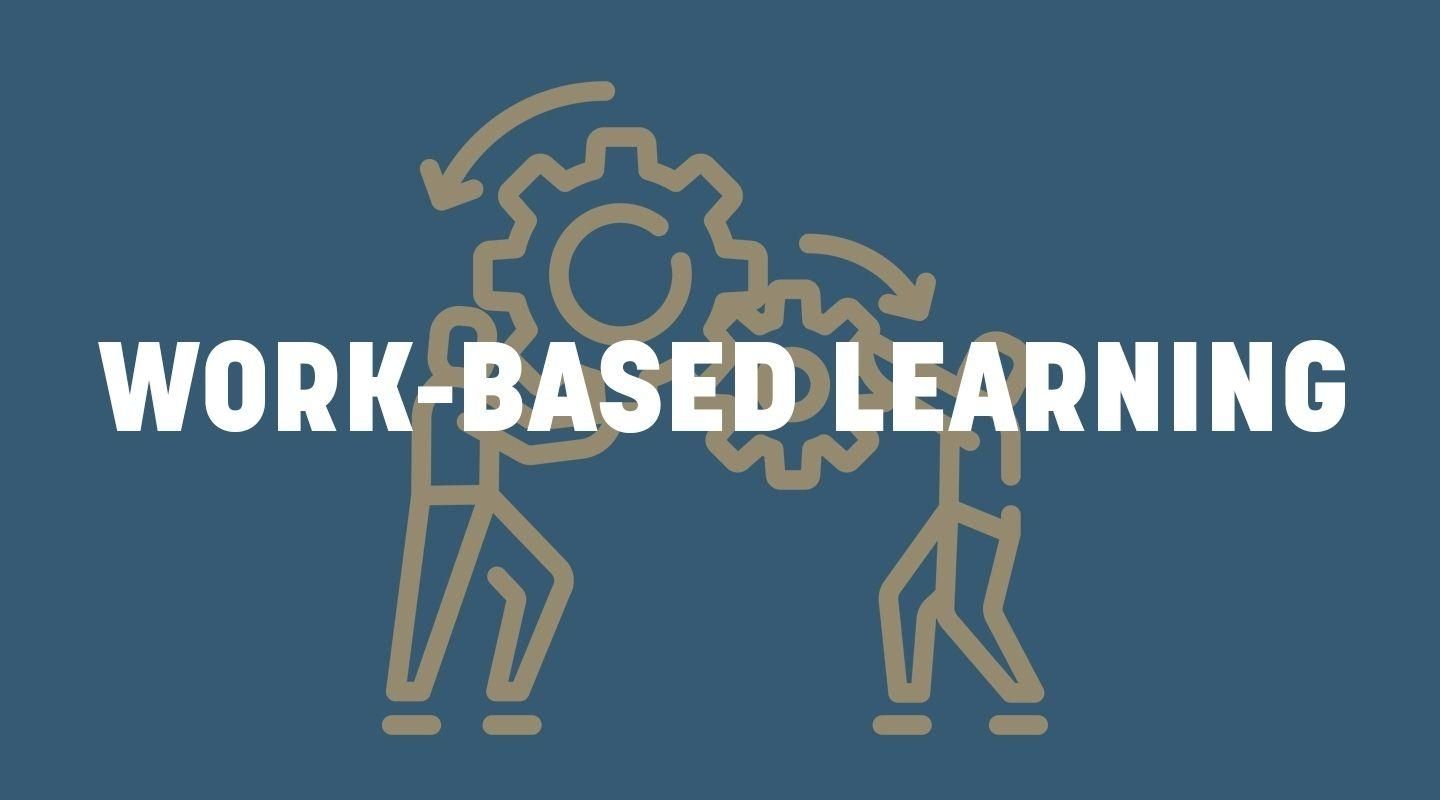
Work-Based Learning (WBL) is an essential element for a well-rounded education and is often an experience that defines the future for many of our students. WBL bridges the gap between school and in-demand, high-skill careers. WBL activities begin as early elementary school and continue through post-secondary education. Through structured employer engagement, WBL helps students build on their classroom-based instruction by developing and strengthening technical skills and employability skills in preparation for future careers.
WBL Handbook (English) WBL Handbook (Spanish)For Students
For Schools
For Employers
Description:
Our comprehensive courses cover a range of entry-level courses for the healthcare field, including Home Health Aide Training (HHA), Nurse Assistant Training (NAT), Restorative Nursing Assistant (RNA), Continuing Education Units, and CPR / BLS and first aid training.
Description:
Clubs for students to explore coding in a fun & friendly environment.
Timeframe:
Summer time program/ and During the school year clubs made on campus
Description:
Prepare for a career as a cybersecurity analyst with a professional cybersecurity certificate from Google. Learn job-ready skills that are in-demand, like how to identify and mitigate common risks, threats, and vulnerabilities — and discover how to effectively utilize AI in cybersecurity.
Timeframe:
(8 course series) 6 months at 7hrs a week flexible schedule
Description:
Sonoma Family Meal provides no-cost, bilingual culinary job training for low-income individuals facing barriers to employment. The program is more than just a start; it gives students a solid foundation in the culinary world, as well as essential life skills for cooking healthy meals. We aim for our students to grow into leadership roles, guiding the next generation of chefs and creating a positive work environment. (weekly stipend)
Timeframe:
9 week training program(Summer 2025)
Description:
What you'll learn
Install Python and write your first program
Describe the basics of the Python programming language
Use variables to store, retrieve and calculate information
Utilize core programming tools such as functions and loops
Timeframe:
7 modules (18hrs) flexible schedule
Description:
Gain hands-on experience in the field of regenerative agriculture and the environment, nonprofit management, event planning/communications, or food justice. Interns will work alongside local farmers and educators and nonprofit professionals, gaining practical on-the-job experience. Designed for 11th and 12th graders who want to improve the planet or gain practical life skills, this internship provides invaluable experiences that enhance college applications and develop professional expertise.
Timeframe:
Spring 2025 4hrs per week, weekday afternoons and various weekend hours
Description:
There are thousands of active apprenticeship programs across the country serving many industries, occupations, and geographic locations. Search open apprenticeship job opportunities from employers across the country and directly apply with the employer of the apprenticeship program. Or search and connect with an active apprenticeship program to learn more about how and when to apply to their apprenticeship program.
Timeframe:
Email Directly for details
Description:
The NextGen Trades Academy prepares students who may not have the opportunity to go to college for well-paying work in the construction trades. We not only train them, but help graduates of the program find gainful employment (paid apprenticeships), which at the same time helps enlarge the workforce available to local contractors.
Timeframe:
Feb 22nd -March 15th Open (Ages 16-24-Marin, Sonoma, Napa Counties) May 31st -June 21st Open (Ages 16-24-Marin, Sonoma, Napa Counties)
Description:
Learn from an animation supervisor who’s worked on several blockbuster films, including Star Wars, Transformers, Hulk, and The Pirates of the Caribbean. In this beginner’s course, you will learn critical skills, software, and how to plan out animation that will ignite your passion for becoming a character animator.
Timeframe:
16 Lessons designed to be finished in 12 months or less. 170 minutes of online instruction Cost is $47/month
Description:
The City of Petaluma is currently looking to hire six (6) Part Time Interns to assist in the City Manager's Office, Public Works Department, and the Water Resources & Utilities Department. This is a part time position and hours worked will vary. The assignment is expected to last for approximately eight (8) weeks starting in June 2025 and ending in August 2025. This part time position does not receive any benefits.
Timeframe:
8 weeks in June 2025
Description:
If you're looking for a meaningful and impactful internship experience, consider Sonoma County’s Department of Emergency Management. As an intern, you'll have the opportunity to learn about and contribute to critical efforts related to disaster preparedness, communications, response, and recovery. You'll gain hands-on experience working with an exceptionally dedicated and knowledgeable team, and you'll be able to apply your skills and education to real-world challenges. Plus, you'll have the satisfaction of knowing that your work is contributing to the safety and resiliency of your community in the face of emergencies. Apply now for an exciting and rewarding internship opportunity at the Sonoma County’s Department of Emergency Management! The Department of Emergency Management offers unpaid graduate and post graduate internship opportunities.
Timeframe:
Rolling through out the year, consider the fact that it will be in Santa Rosa and transportation is need.
PCS believes authentic work-based learning (WBL) is essential to preparing students for success in college, career, and life. Partner with us to provide high quality WBL experiences for the next generation! Opportunities include: Guest Speakers, Career Days, Career Mentoring, Workplace Tours, Career Fairs, Job Shadowing, Mock Interviews, Internships, and more!
Email Contact: Victor Hughes, PCS Work-Based Learning Coordinator vhughes@petk12.org
Partner with us today!